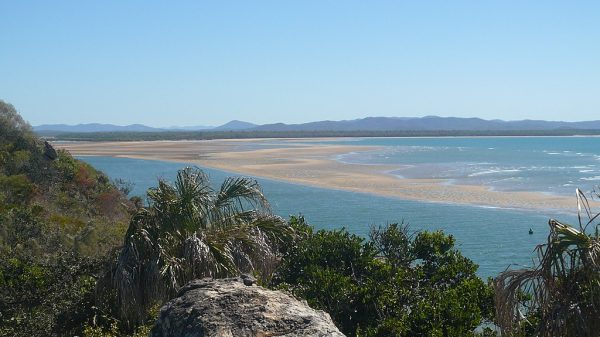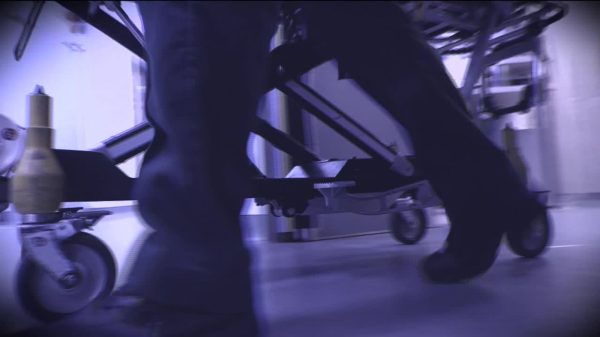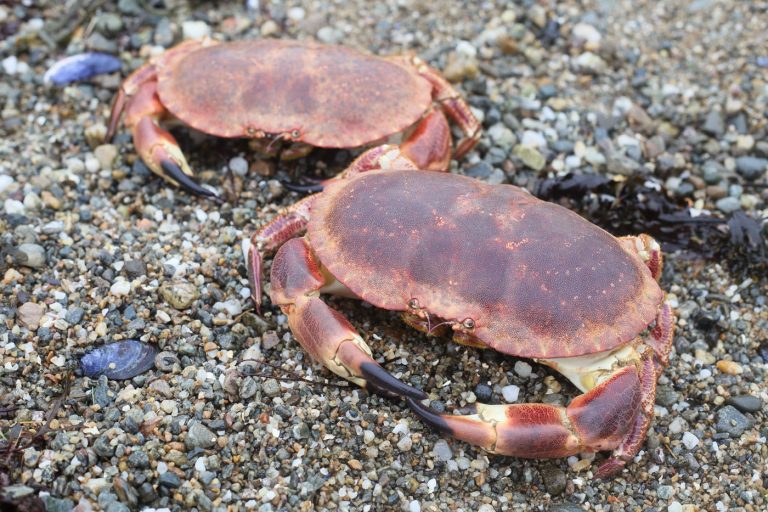
Brown crabs become mesmerised by underwater power cables; scientists have discovered.
The cable transmits an electromagnetic field which makes the crabs sit still – putting the spellbound crustaceans at a greater risk of infections.
Also, the transfixed immobility means the crabs don’t actively search for food – or a mate.
The apathy creates a change in the crabs’ metabolism.
Kevin Scott at St Abbs Marine Station said:
“The exposure to higher levels of electromagnetic field strength alters the number of blood cells in the crabs’ bodies.
“This could have a range of consequences, like making them more susceptible to bacterial infection.”
Offshore windfarms need extensive underwater cabling.
Researchers fear windfarm expansion – particularly off Scotland’s coast – could destabilize the brown crab population.
A decline would affect fishing markets; crabs provide a highly valuable crustacean catch.
Male brown crabs migrate towards Scotland’s east coast.
Alastair Lyndon, from Heriot-Watt University, said:
“If miles of underwater cabling prove too difficult to resist, they’ll stay put.
“This could mean we have a build-up of male crabs in the south of Scotland, and a paucity of them in the northeast and islands, where they are incredibly important for fishermen’s livelihoods and local economies.
“We need to investigate further technical solutions so that we don’t create negative environmental effects while trying to decarbonise our energy supply.”




















